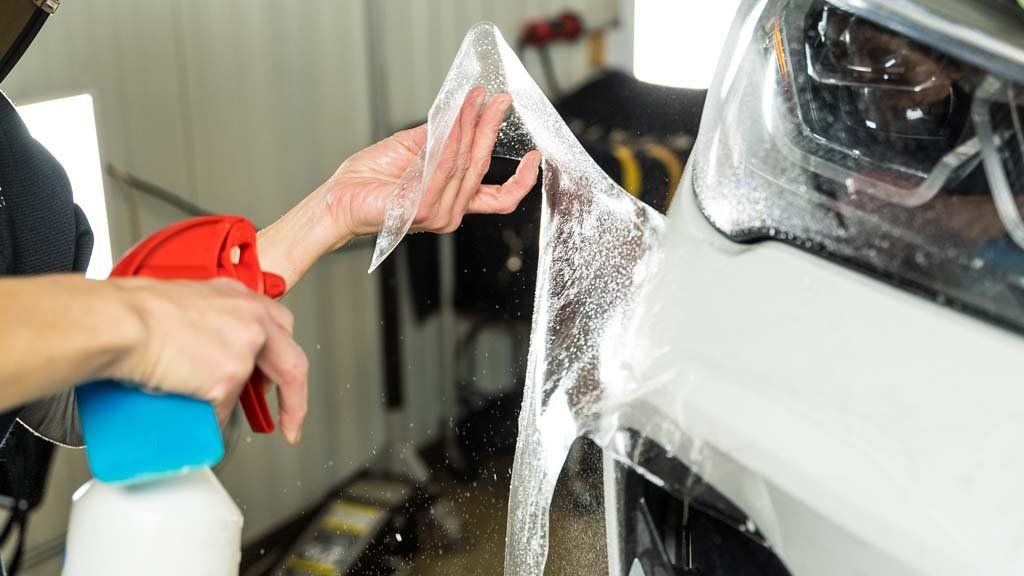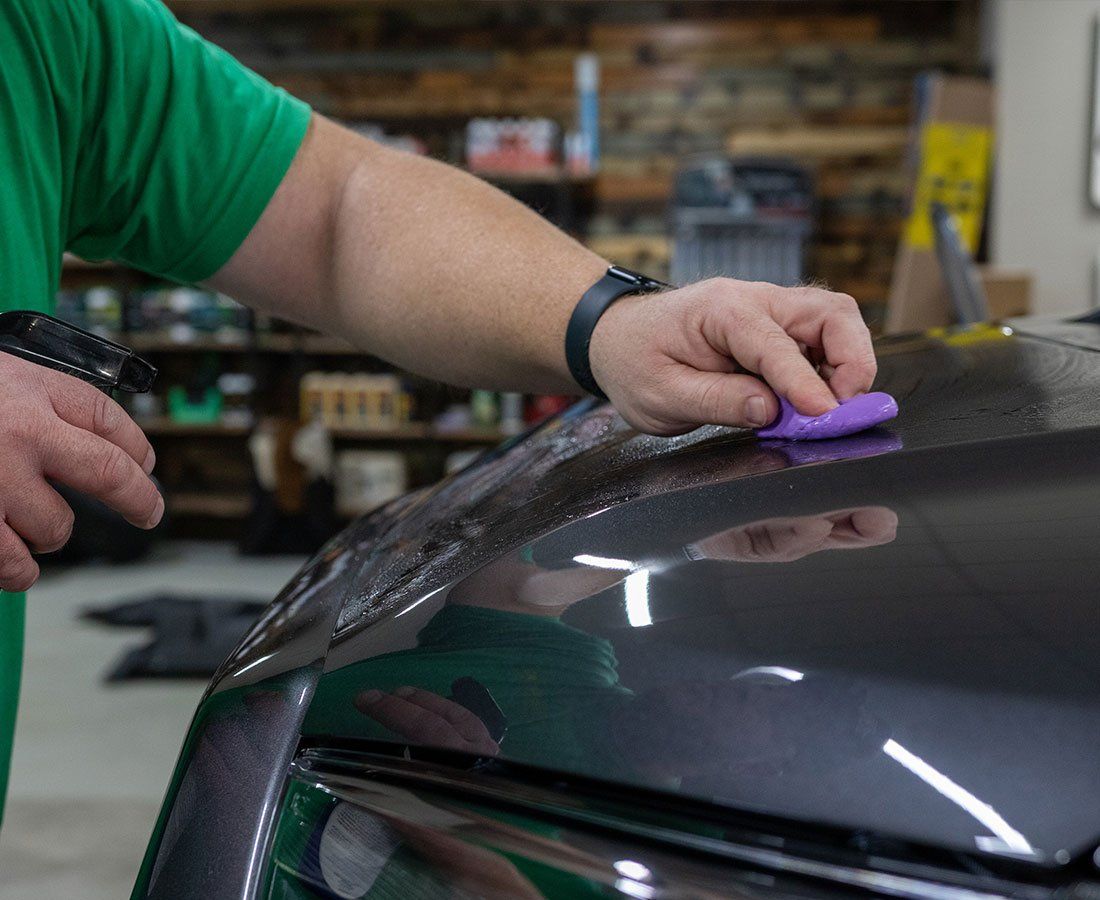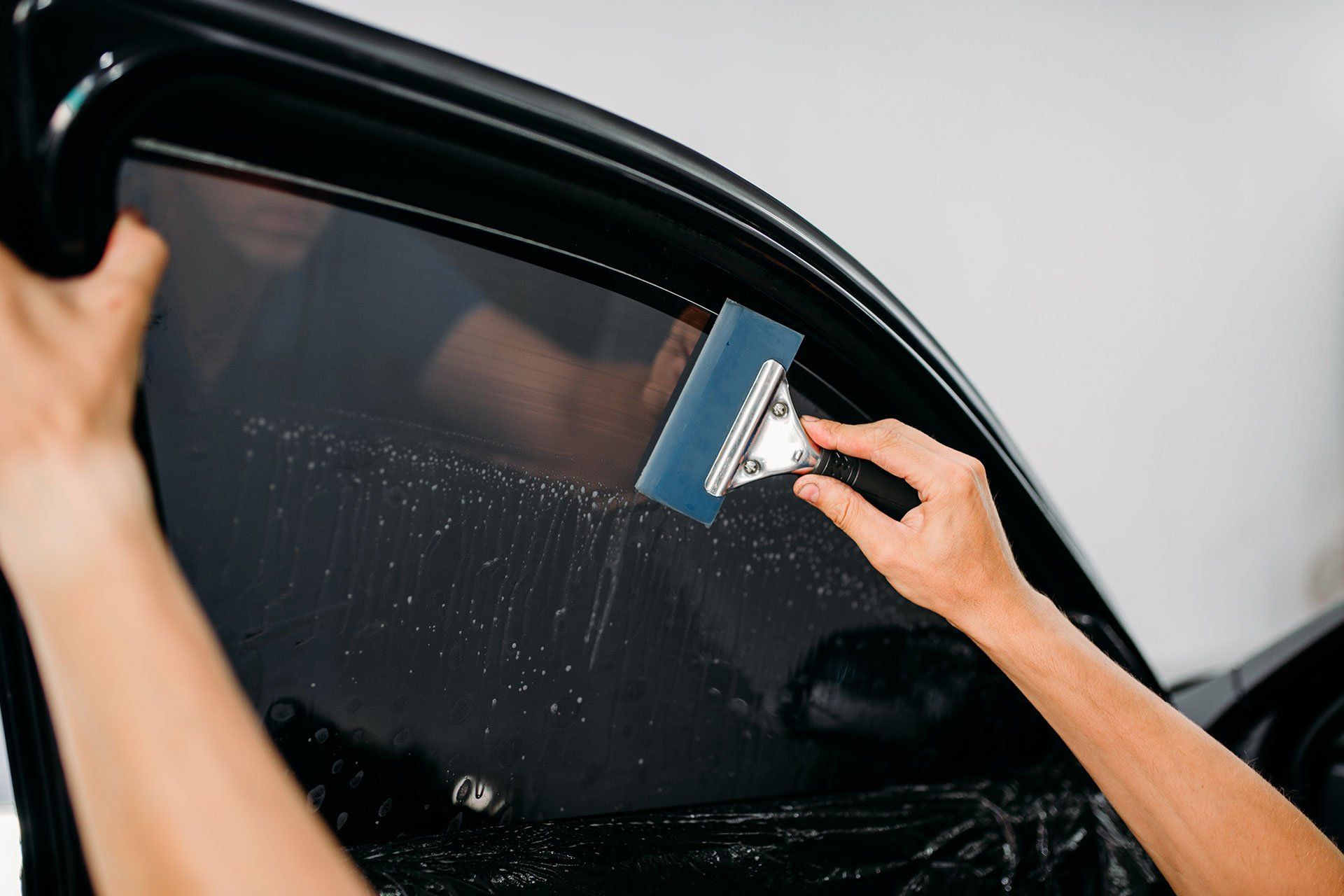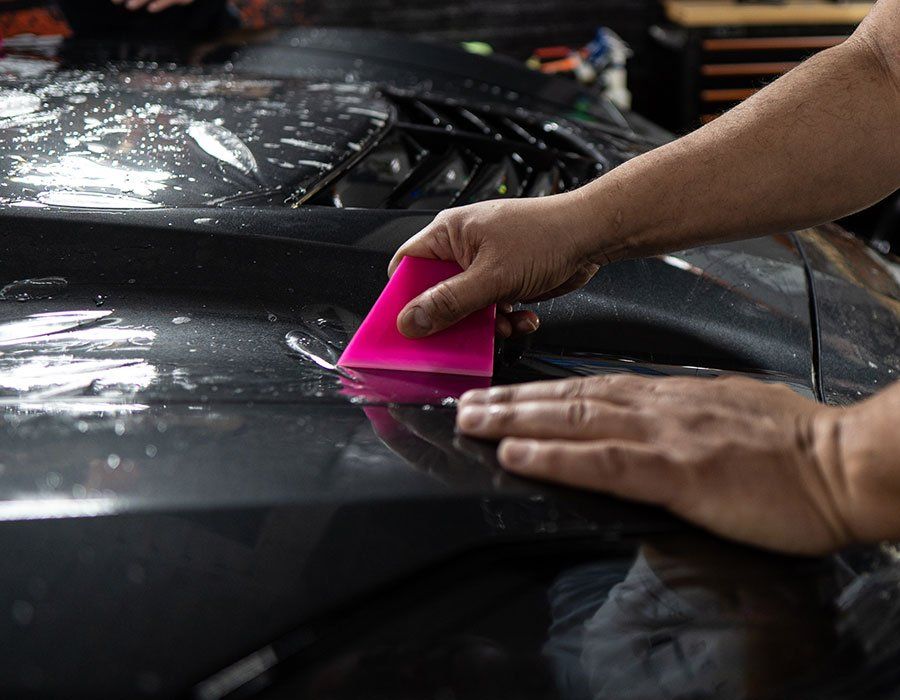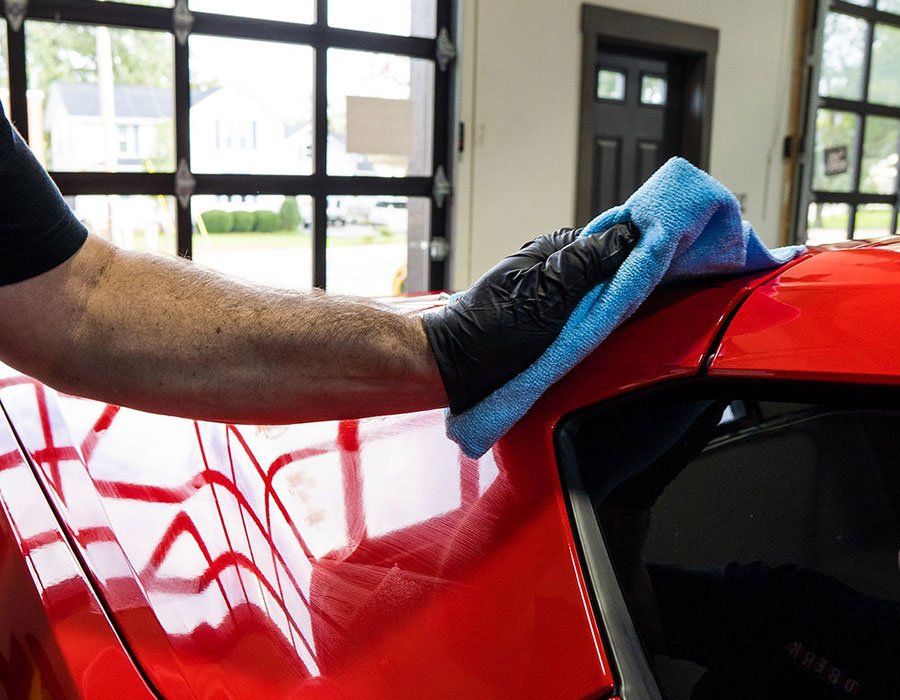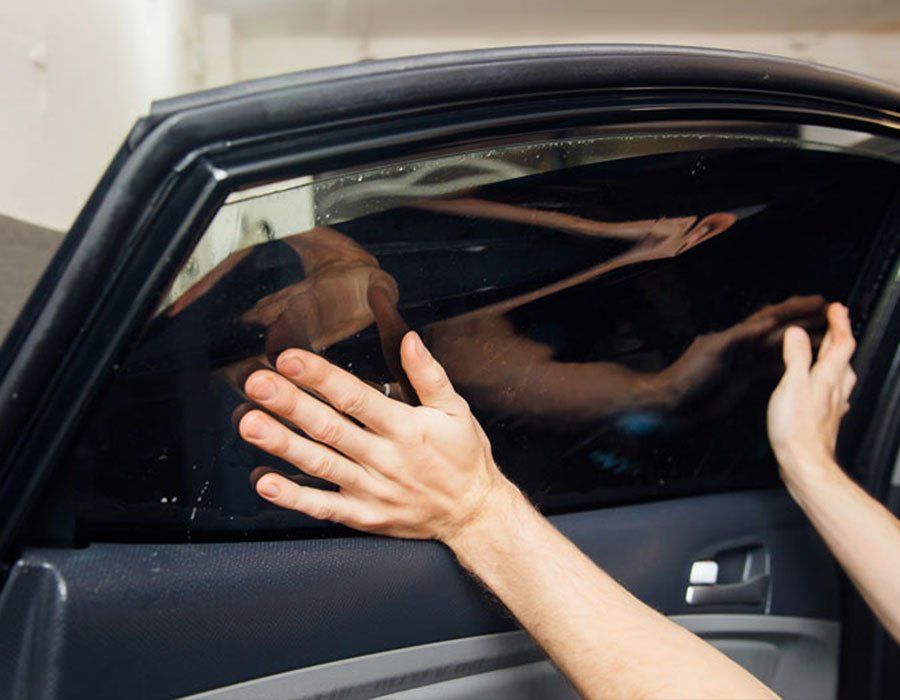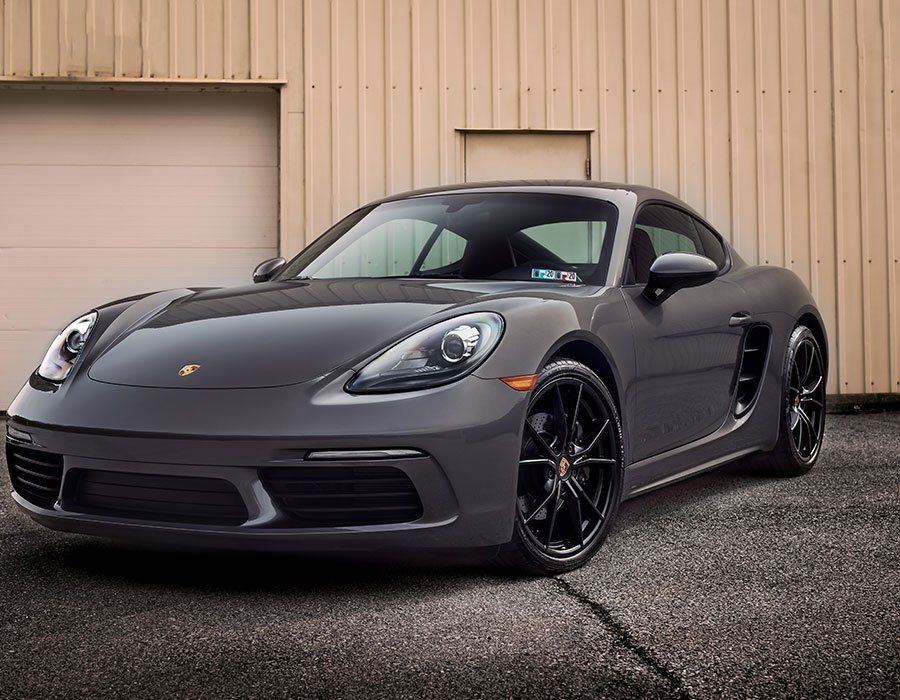PPF for Luxury Cars: Elevate Protection for High-End Vehicles with Premium Paint Protection Film
CALL (727) 940-2340
SCHEDULE NOWIn the high-stakes world of luxury cars, even the slightest scratch or imperfection can be a devastating blow to your prized possession's aesthetics and value. This is the era where foresight wins over repairs; let’s ensure your opulent chariot retains its pristine finish for years to come with paint protection film (PPF). High-grade, impressively durable, and virtually invisible, PPF is no less than an armor for your high-end vehicle against the world's harsh realities. Get ready to elevate the protection and warranty longevity of your exclusive ride; maintain your luxury car gleaming as new because compromise isn't a part of your motoring lexicon. This blog will steer you towards understanding why PPF for luxury cars isn’t just an option—it’s a necessity.
PPF is considered a beneficial solution for protecting luxury cars because it provides a clear layer of durable protection to the vehicle's paintwork, shielding against harmful elements like harsh weather conditions, UV rays, scratches, and debris. Additionally, PPF is less intrusive than other protection solutions, as it can be easily removed and replaced without damaging the original paintwork. This makes it an ideal choice for preserving a car's value and maintaining its premium appearance over time.
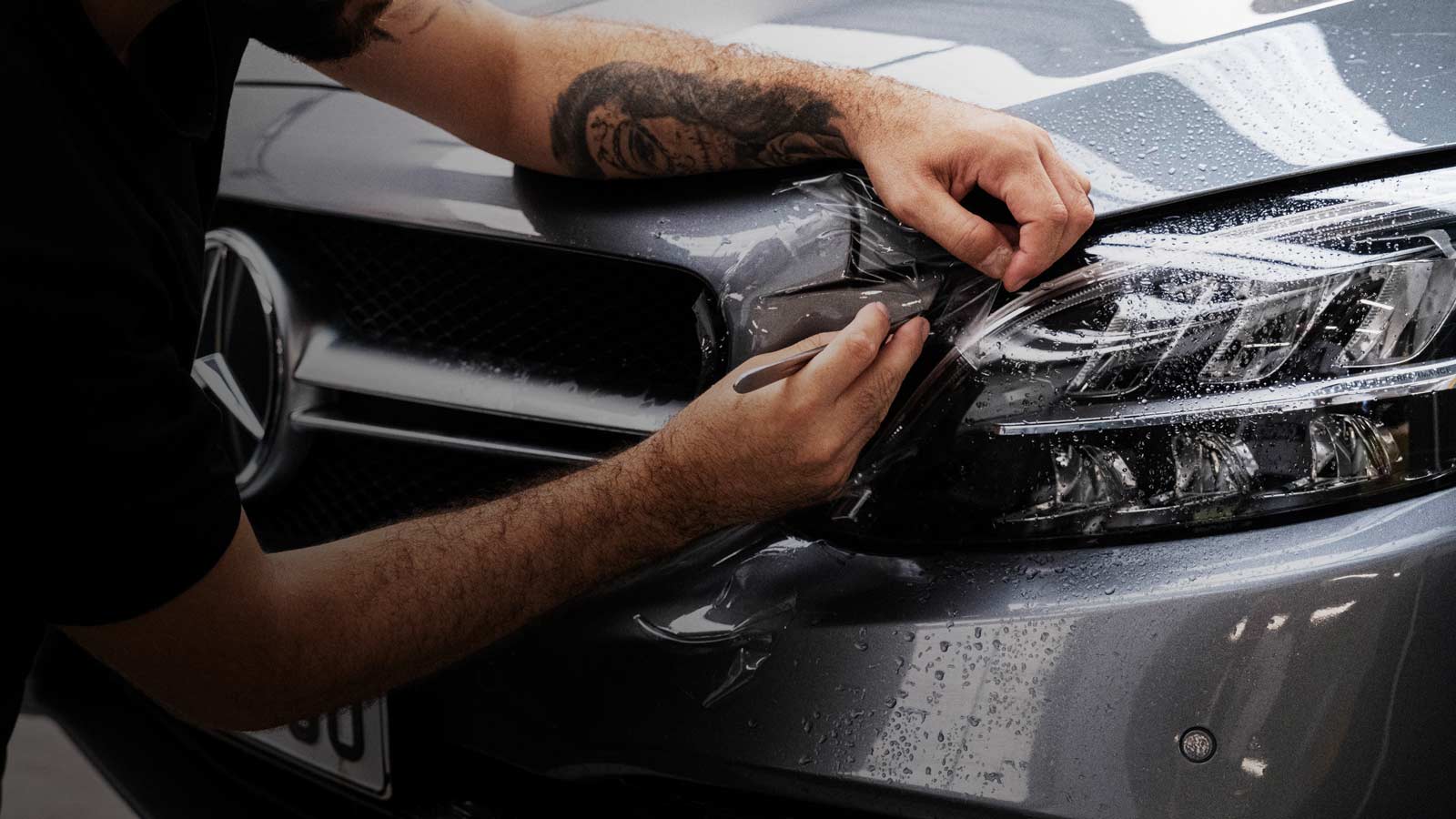
Understanding PPF for Luxury Cars
Luxury cars, with their sleek and impeccable finishes, demand the highest level of protection to preserve their aesthetic appeal and value. This is where paint protection film (PPF) comes into play as a game-changer. But what exactly is PPF, and why is it essential for luxury car owners?
PPF, also known as clear bra or invisible shield, is a polyurethane film that is applied directly onto the vehicle's paint surface. It acts as a barrier against external elements such as rock chips, scratches, bird droppings, UV rays, and chemical stains. The film works by absorbing impacts from road debris and self-healing minor scratches through its unique adhesive properties. This means that your luxury car's paint will remain in pristine condition even through daily wear and tear. Unlike traditional car waxes or sealants that merely offer temporary protection against the elements, PPF provides long-term defense without altering the appearance of the vehicle. It seamlessly blends with the car's original paint color and finish, creating an invisible shield that keeps your luxury car looking showroom-ready.
Special Features of PPF for High-End Vehicles
When it comes to protecting luxury cars, not all paint protection films are created equal. High-quality PPF offers a range of special features specifically designed to cater to the needs of high-end vehicle owners. One of the standout qualities of premium PPF is its self-healing capabilities. This means that minor scratches and swirl marks will disappear on their own, thanks to the film's self-healing properties. So even if you accidentally brush against a wall or encounter small abrasions during routine driving, your luxury car's paint will heal itself, maintaining a flawless appearance.
Moreover, PPF combined with ceramic coating, provides enhanced benefits for high-end vehicles. The incorporation of a ceramic coating makes the film exceptionally smooth and slick, allowing dirt and debris to slide off effortlessly during cleaning. This leaves your luxury car with a mirror-like finish that is not only visually appealing but also easier to maintain.
Making the Case for PPF in Luxury Car Protection
Luxury car owners understand the importance of maintaining their high-end vehicles in pristine condition. These automotive marvels often come with a hefty price tag, representing a significant investment. To truly preserve the beauty and value of these luxury cars, paint protection film (PPF) emerges as a compelling solution. PPF acts as armor, shielding the vehicle's paint from common hazards like rock chips, scratches, and environmental contaminants. The clear film is meticulously applied to the car's painted surfaces, forming an invisible barrier that absorbs impact and prevents damage from occurring. Whether it's stray pebbles being kicked up by the vehicle ahead or natural contaminants like bird droppings and tree sap, PPF acts as a sacrificial layer, ensuring your luxury car's paint remains unblemished.
But PPF goes beyond just protection; it also enhances your luxury car's aesthetics. The film seamlessly adheres to the curves and contours of the vehicle's bodywork, giving it an immaculate appearance without sacrificing its original design. With options available for both full-body coverage and specific high-exposed areas like front bumpers and fenders, PPF offers tailored solutions to suit your luxury car's unique needs.
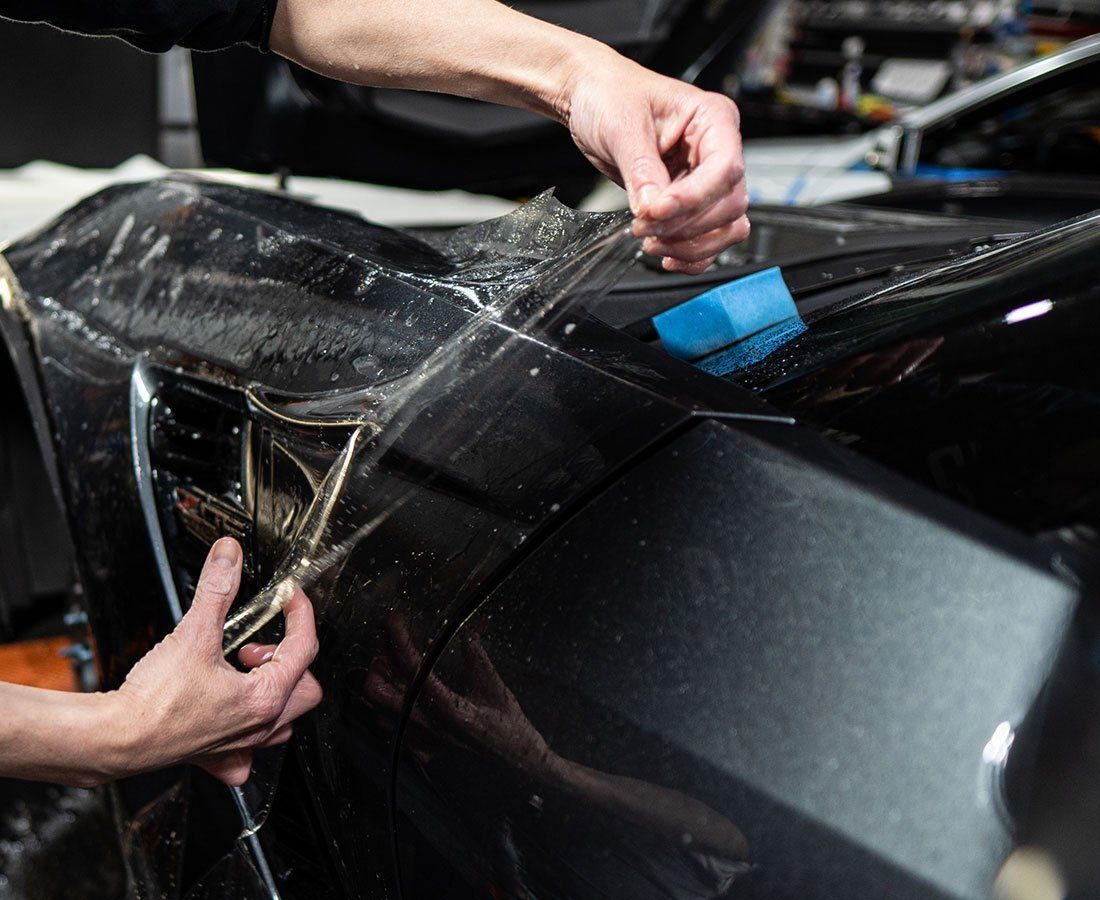
Financial Benefits of PPF for Luxury Cars
While luxury car enthusiasts value the aesthetic appeal and driving experience, they also understand the importance of protecting their investment. When you invest a significant amount of money into a high-end vehicle, it's crucial to consider how PPF can provide long-term financial benefits.
It's no secret that luxury cars tend to depreciate over time. However, by opting for PPF, you can mitigate this depreciation and preserve the value of your vehicle. The film acts as a barrier, preventing scratches and chips that could significantly diminish the car's resale value. Potential buyers will be impressed by the impeccable condition of your luxury car's paintwork, resulting in higher resale prices and increased market desirability.
Moreover, PPF offers cost-effective protection compared to other options. While alternative solutions like repainting or touch-ups can be expensive and time-consuming, PPF provides a durable shield against damage at a fraction of the cost. Additionally, high-quality films offer exceptional longevity, with up to five years of protection on factory paint. By investing in PPF for your luxury car, you reap both immediate and long-term financial benefits. Not only does it safeguard your investment from depreciation, but it also eliminates the need for costly repairs or repaints further down the road.
Protection vs. Depreciation
When considering an investment in a luxury car, it is essential to think about the long-term effects of wear and tear on its value. Luxury vehicles are known for their impeccable paint finishes and attention to detail, which contribute significantly to their allure and resale value. However, without adequate protection, these prized possessions can quickly succumb to depreciation. Luxury cars are often subjected to diverse environmental hazards like UV rays, road debris, bird droppings, tree sap, and more. Over time, these elements can cause damage to the vehicle's paintwork, resulting in unsightly scratches, swirl marks, and a diminished overall appearance.
The battle between protection and depreciation becomes a significant consideration for luxury car owners. While it's true that luxury cars are built with high-quality paint systems designed to withstand various conditions, they are not impervious to damage. A single scratch or blemish can affect the aesthetics and subsequent resale value. This is where paint protection film (PPF) steps in as an effective solution. PPF acts as an invisible shield that covers the exterior surfaces of luxury cars, providing an additional layer of protection against scratches, stone chips, and other forms of damage. Unlike traditional methods such as waxing or sealants, PPF offers superior defense due to its durable and self-healing properties.
Moreover, PPF helps maintain the pristine look of luxury cars by preserving the original factory paint. It acts as a sacrificial layer that takes the brunt of any impact while keeping the underlying paint untouched. This ensures that your vehicle retains its value and remains in optimal condition for longer, even with daily use. So, when it comes to the ongoing battle between protection and depreciation, PPF offers a strategic solution by safeguarding luxury cars from exterior damage and maintaining their overall aesthetic appeal.
Factoring in Costs: Is PPF Worth It for Luxury Cars?
When considering the application of paint protection film (PPF) on a luxury car, one of the primary concerns is understanding if the cost justifies the level of protection provided. It's important to evaluate several factors to determine whether PPF is worth the investment for your high-end vehicle.
Consider the initial cost of installing PPF. The price can vary depending on factors such as the size of your vehicle, desired coverage areas, and quality of the film chosen. While it may seem like a significant upfront expense, it's crucial to weigh this against potential future expenses for repainting or repairing damaged surfaces. Investing in PPF can potentially save you money in the long run by mitigating the need for costly touch-ups and repairs. Additionally, consider how long you plan to keep your luxury car. If you aim to enjoy it for many years or potentially sell it at a later date, protecting its paintwork with PPF becomes an attractive prospect. The film acts as a barrier against common hazards that cause wear and tear over time, helping preserve the condition and value of your car.
Think about how important aesthetics are to you. Luxury cars often have flawless finishes that contribute to their allure and prestige. By applying PPF, you can maintain that showroom shine while safeguarding against unsightly scratches and imperfections that can occur during regular usage. The enhanced longevity of your car's pristine appearance is an undeniable benefit for luxury car enthusiasts. It's essential to acknowledge that PPF comes with certain disadvantages as well. Apart from the initial cost, it requires professional installation to ensure optimal results. Moreover, while high-quality PPF offers superior durability and longevity, lower-grade films may experience issues like yellowing over time or difficulty in removal. It's crucial to choose a reputable brand and a certified installer who can provide expert advice and assistance throughout the process.
Given the overall benefits of protection, preservation, and potential cost savings associated with PPF, many luxury car owners find it a worthy investment. It provides peace of mind knowing that their valuable asset is shielded against unforeseen damage while retaining its original beauty. Ultimately, the decision to invest in PPF for your luxury car is a personal one that should consider factors such as financial capability, car usage, desired longevity, and individual preferences when it comes to maintaining the vehicle's aesthetics.
Trusted Paint Protection Film Service in Tarpon Springs, FL
Experience the pinnacle of paint protection with Auto Film Guys, your trusted partner for top-tier paint protection film (PPF) service in Tarpon Springs, FL. Our dedicated team is committed to preserving your vehicle's pristine finish, utilizing cutting-edge techniques to ensure unrivaled defense against road debris, scratches, and environmental wear. Whether you're navigating city streets or embarking on a cross-country adventure, our PPF application guarantees your car's elegance remains untouched. Safeguard your investment and elevate your driving experience. Schedule an appointment with Auto Film Guys today to enjoy the ultimate protection your vehicle deserves.
The Auto Film Guys Blog
